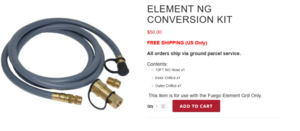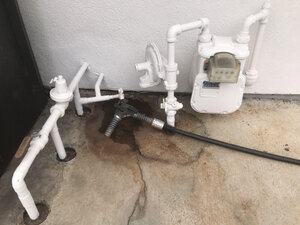bill1
Master of the Pit
- Apr 25, 2015
- 1,963
- 926
I'm not seeing a hole. It sort of looks like an AN fitting for 1/8" tubing to me. But if you say it has a small hole in it, then it's probably an orifice. And 1.06 is probably the diameter in mm or .042". So a #60 drill should pass through and a #57 won't. True?







